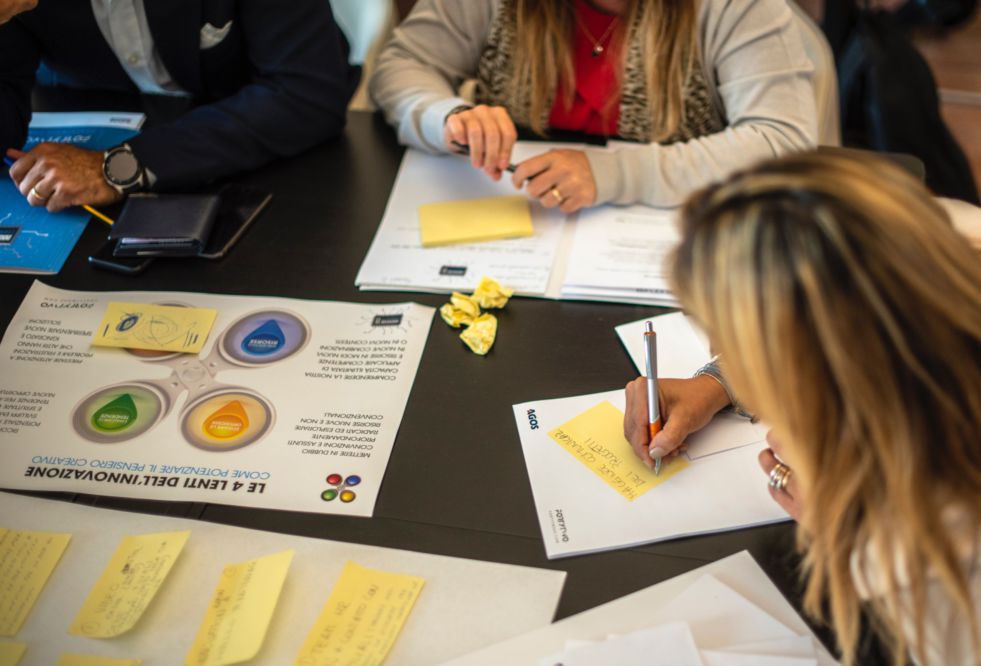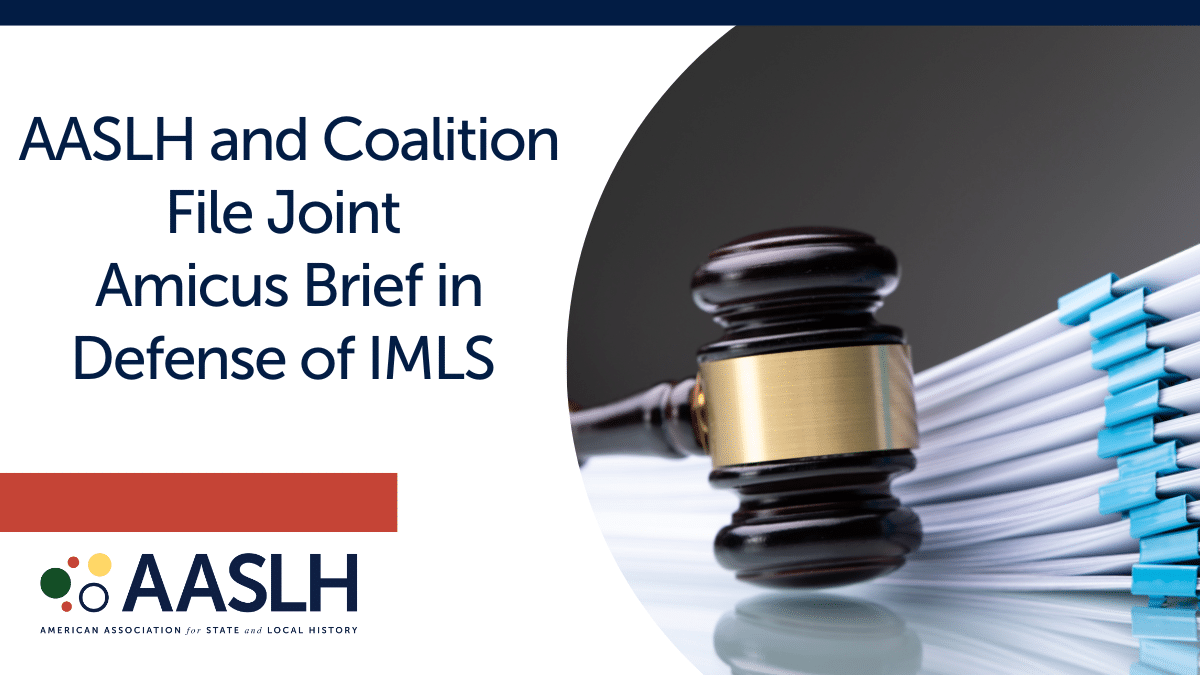
By Bethany L. Hawkins, AASLH Chief of Operations
Do you have an idea for a session for AASLH's 2022 Annual Meeting or Online Conference, but are not sure how to get started? This is the second of three blog posts that will help you put together a strong session proposal for the 2022 Program Committee to review.
Session Types: Each year, the Program Committee Chair and AASLH staff work to offer fresh ideas for the conference session types. This year includes three new formats you can choose as well as new descriptions for other session types. Read carefully through all the descriptions before choosing your session type.
- Charette (120 minutes, onsite only): A charette is collaborative session in which a group comes together to draft a solution to a particular problem or expand on an idea. This session should be designed as a working session that creates an output. The organizer decides the topic, but the participants supply most of the discussion. This session requires a strong facilitator.
- Conversation Provocation (75 minutes): Audience members engage in discussion/debate. One facilitator poses a predetermined question and encourages attendees to participate. The facilitator manages the discussion as a guide on the side, not a sage on the stage.
- Experiential (75 minutes, onsite only): Do a program, don't just talk about it. Immerse your colleagues in a playful (or dark) experience exploring your topic. Attendees should spend time doing something, not just talking.
- Idea Studio (75 minutes): Informed and inspired by a prompt or topic area, attendees work together interactively to develop new ideas and creative solutions for their sites, in their communities, or in the field at large.
- Lightning Round (75 minutes): A strong moderator puts together a session around a particular theme. Then, they recruit speakers who can teach something specific to the audience in ten minutes or less. An ideal Lightning Round session would have ten minutes for introduction, fifty minutes for five presentations, and fifteen minutes for Q&A. An example of this session type could be: what are five things you have learned over your career that you wish you knew when you started?
- Nuts and Bolts (75 minutes): This session type focuses on a particular skill that is needed in the history profession. For example, it could be creating a collections management plan, developing a mission-driven budgeting process, or creating an education program for autistic children. It should be specific enough that attendees leave with a practical skill, but flexible enough that any size museum can adapt it for their needs. It is not designed to be a "show and tell," but a "show and how to."
- Roundtable (75 minutes): One chair and up to three panelists examine complex historical or professional issues in discussion before an audience. These should go beyond "show and tell" presentations and instead be information-rich, emphasize practical takeaways, and include discussion of the complexity of the issues. Panelists should provide contrasting perspectives, represent a diversity of identities, and draw from varied institutions (in budget, mission, location, etc.). Ample time must be allowed for audience discussion.
- Workshops (full- or half-day sessions on Wednesday or Saturday, onsite only): These long-form, in-depth sessions are designed to teach special skills in a small group setting and may occur on or off-site. Proposals should detail the specific skills the workshop will teach as well as the methods and techniques instructors will use. Workshops should include takeaway resource materials (handouts, samples, reading lists, tools/props, etc.). Workshops may have up to four instructors. Participants in workshop sessions pay fees which contribute to the conference expenses and presenters and panelists all contribute their presentations in-kind.
Abstract: The 250-word abstract is your chance to sell your session to the Program Committee. The abstract is not published or shared with attendees. Be clear and concise. Describe the goals of your session, specifically describing its content and expected outcomes for attendees. How will you accomplish these goals? Include the central issues the proposal addresses, why they are significant to the work of state and local history, and how the content supports the theme.
Takeaways for Attendees: The takeaways for your session should be based on the session goals you established when you started putting together your session goals. They should be concrete and able to be explained in bullet points. Limit your takeaways to three or less.
Stay tuned for Part III of this blog series which will discuss choosing speakers for your session. Be sure to also read Part I of the series which includes information on session goals, the conference theme, session title, and more.
The session proposal form is now open. The deadline for submissions is December 10. Please email [email protected] or [email protected] if you have any questions.
You can also watch our "Tips for Submitting a Successful Session Proposal" webinar for guidance on how to submit a session and what the program committee looks for when reviewing submissions.



